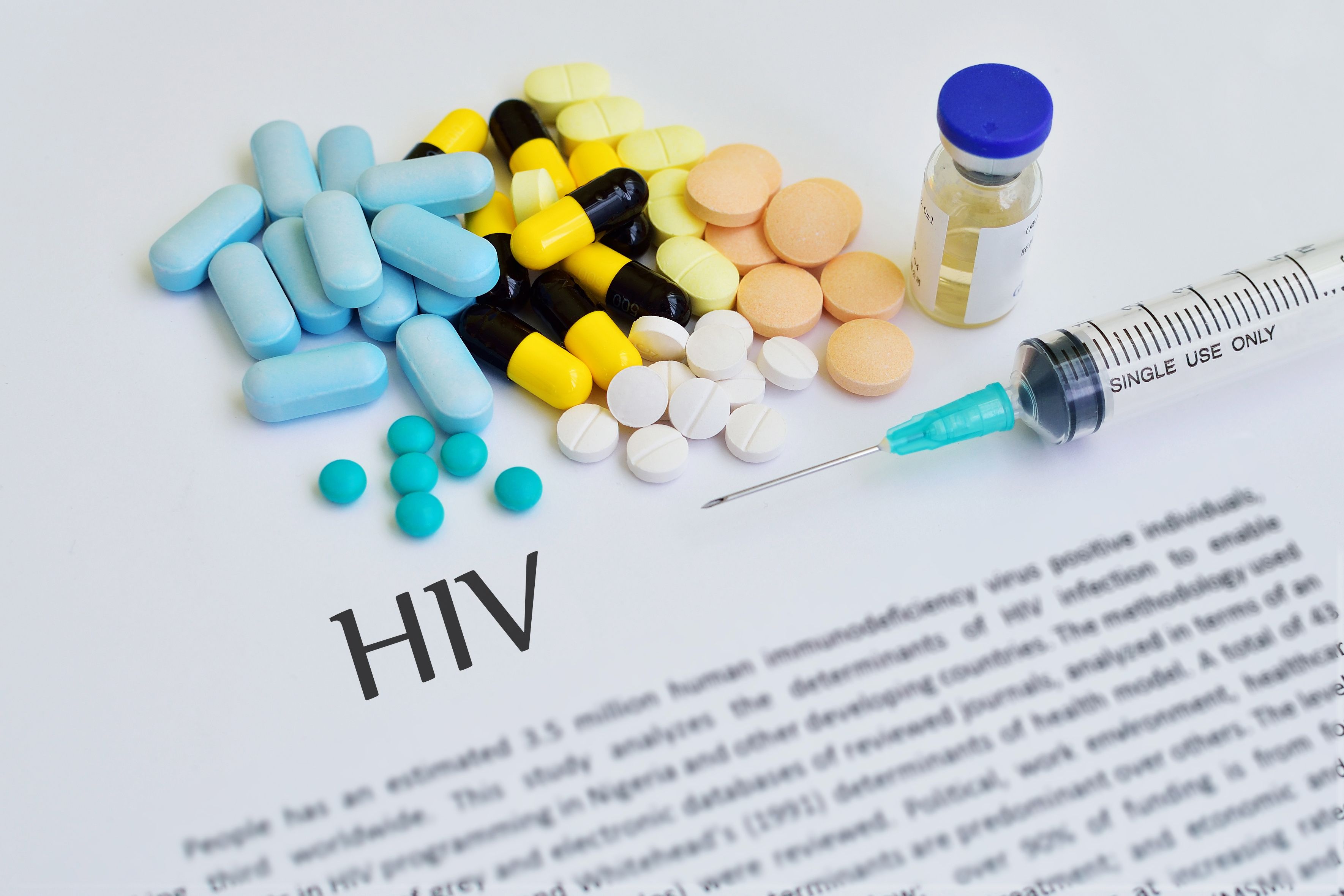Article
Scientists Find Brake for Protein Shell of HIV, Blocking Infection
Author(s):
Researchers find brake mechanism that prevents an essential shell from forming on virus that causes AIDS.
Researchers have discovered a "brake" that interferes with HIV's development into an infectious agent. This mechanism prevents the capsid (the protein shell covering the virus) from forming.
The study, funded by the National Institutes of Health (NIH), was led by the University of Delaware (UD) and the University of Pittsburgh School of Medicine. Other participating institutions included the University of Illinois, the National Cancer Institute, DFH Pharma, and Vanderbilt University Medical Center. The findings were published in Nature Communications.
"People used to be fixated on the static structures of viruses, but they are not rock solid," Tatyana Polenova, PhD, professor in UD's Department of Chemistry and Biochemistry, said in a statement. She said viruses like HIV and their related protein and nucleic acid molecules are constantly expanding and shrinking. In the study, the movements of the virus molecules were measured experimentally and simulated in quadrillionths of a second—much faster than the blink of an eye.
A cascade of events occurs as the HIV virus develops, affecting its structure and ability to infect. But in this case, protein building blocks get cut from a larger, master protein called Gag.
By integrating state-of-the-art techniques, including solid-state and solution nuclear magnetic resonance (NMR), high-end computer simulations, and cryo-electron microscopy, the researchers discovered how the final step in the maturation of the virus occurs—a process in which a noninfectious immature virion turns into an infectious virus particle.
The team discovered that a key peptide, spacer peptide 1 (SP1), has to be in a highly mobile structure to be cut by the virus protease, the enzyme that acts like a cleaver. In simulations, the peptide resembles a thin, yarn-like strand attached to corkscrews of curled ribbons in constant motion.
Once the SP1 peptide is cut, the HIV virus forms its protective capsid and becomes infectious. To stop the process, the anti-HIV drug bevirimat was shown to interact with the SPI peptide, preventing the development of the virus' capsid coat.
Finding potential drug targets to stop HIV from becoming infectious by disrupting the maturation process is an ongoing research goal.





